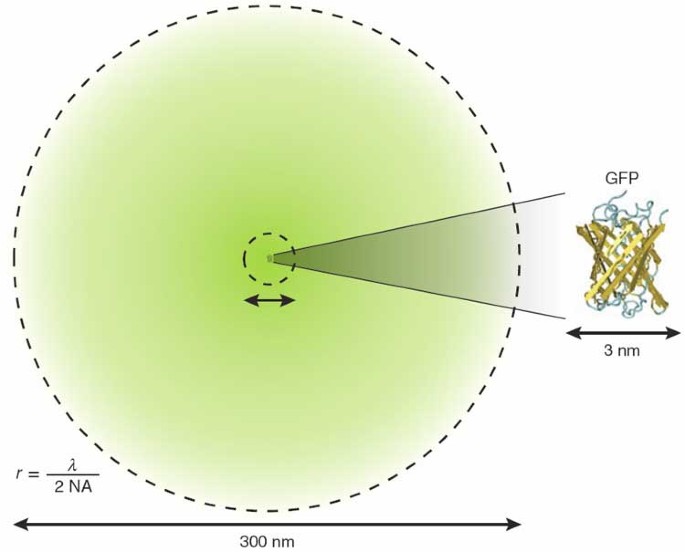
- Select a language for the TTS:
- UK English Female
- UK English Male
- US English Female
- US English Male
- Australian Female
- Australian Male
- Language selected: (auto detect) - EN
Play all audios:
We use descriptions of movements of water to express many of our feelings, imbuing them with romantic emotional values that are absent from the mere physical motions. The pandemic has not
been immune from this process and as this year has progressed we have been seeing the emergence of more and more examples. The basis of these comparisons in relation to COVID-19 were the
initially unseen and unimagined consequences of the viral infection itself, a silent whirlpool of uncertainty. But as the year has progressed these consequences and the corresponding
adjectives have widened due to lockdowns, quarantines and restrictions that have variously been placed on us all. In whatever walk of life we operate the changes in society, voluntary and
imposed, have had profound effects. For us in dentistry the disruption in the delivery of oral care has been life-changing. These dislocations are not limited to the professional conduct of
examination, diagnosis and treatment of patients, but encompass business practices, profitability, employment, contracts, indeed all aspects of our livelihoods. Each of these adaptations
have ripple effects. The pandemic has made us aware of how connected we all are, personally, locally, nationally and internationally in a way that few previously comprehended. So that a
pebble dropped in a pool quickly, smoothly and deceivingly poetically, causes ripples that extend way beyond the realm of the person who released it. This month's issue of _BDJ In
Practice_ carries an excellent example in its cover story by David Westgarth of the pandemic-induced plight of dental laboratories and technicians. The massive fall-off of dental procedures
needing laboratory work and the way in which that part of the profession is funded has left it all but bereft. What happens as and when we resume? Will there be anyone left to make dentures
and crowns? Many examples can be conjured from a myriad of other occupations: hairdressers, café owners, retailers, gardeners, the list is sometimes surprising but always humbling.
Intertwined with these, however, are longer-term health consequences. November sees the annual Mouth Cancer Awareness Month which this year is more pertinent than ever since the levels of
referral and diagnosis are at historic lows. Aside from the direct effects of COVID-19 what are the added morbidity and mortality costs of this condition alone? At the beginning of the
pandemic the understandable human fear of the unknown meant that sensible, defensive, emergency measures were entirely appropriate. Within even this short period of time better understanding
of the coronavirus, detection, prevention and even treatment have developed. In some ways life has returned to a semblance of normal. Yet now there is a growing sense of under-currents,
those strong swirlings that disturb the surface in an albeit subtler if more disturbing way. Education is a clear imperative and nowhere more so than in dentistry where human contact is the
centrality of the activity. We know the negative effects that young people are experiencing from senior school age upwards as their learning, exams and future prospects are all subject to
the unknown, to stress and to their mental wellbeing. What is the price of future health and healthcare when tallied against illness and death mediated by the virus? It is a near-impossible
calculation but one for which we have to try and find an algorithm, with increasing urgency, with or without the advent of a vaccine. > Should we shrug at the ripples or support the
under-currents and to > what extent? Apart from 'unprecedented' the most used word since March has been 'evidence' and one of the hottest debates has been about how
such evidence is interpreted and used politically. It may have escaped my attention elsewhere but certainly we have not received any research that shows any evidence of how dental team
members, or patients, in any country in the world have contracted COVID-19 infections through providing and receiving dental care. Does this indicate that we are getting it about right? Does
this remind us of a similar point on the journey with HIV? So where do these strands leave us just now? Should we shrug at the ripples or support the under-currents and to what extent? Is
one option to risk a tsunami? The horrendous prospect of unleashing the equivalent of a wall of water of irresistible force but hoping that once it has passed we will have smaller waves on
the other side. Is this, effectively, what some countries are doing by hedging on the herd immunity strategy side; the weak go to the wall and the rest survive? None of these questions have
easy answers and few are blessed with any semblance of evidence to help in decision making. While the overwhelming majority of us are doing our best to prevent the worst and looking forward
to dabbling our feet in calmer waters the fact remains that tougher decisions are required; and soon. AUTHOR INFORMATION AUTHORS AND AFFILIATIONS * Editor-in-chief, London, UK Stephen
Hancocks OBE Authors * Stephen Hancocks OBE View author publications You can also search for this author inPubMed Google Scholar RIGHTS AND PERMISSIONS Reprints and permissions ABOUT THIS
ARTICLE CITE THIS ARTICLE Hancocks OBE, S. Ripples, under-currents and tsunamis. _Br Dent J_ 229, 497 (2020). https://doi.org/10.1038/s41415-020-2286-z Download citation * Published: 23
October 2020 * Issue Date: October 2020 * DOI: https://doi.org/10.1038/s41415-020-2286-z SHARE THIS ARTICLE Anyone you share the following link with will be able to read this content: Get
shareable link Sorry, a shareable link is not currently available for this article. Copy to clipboard Provided by the Springer Nature SharedIt content-sharing initiative

